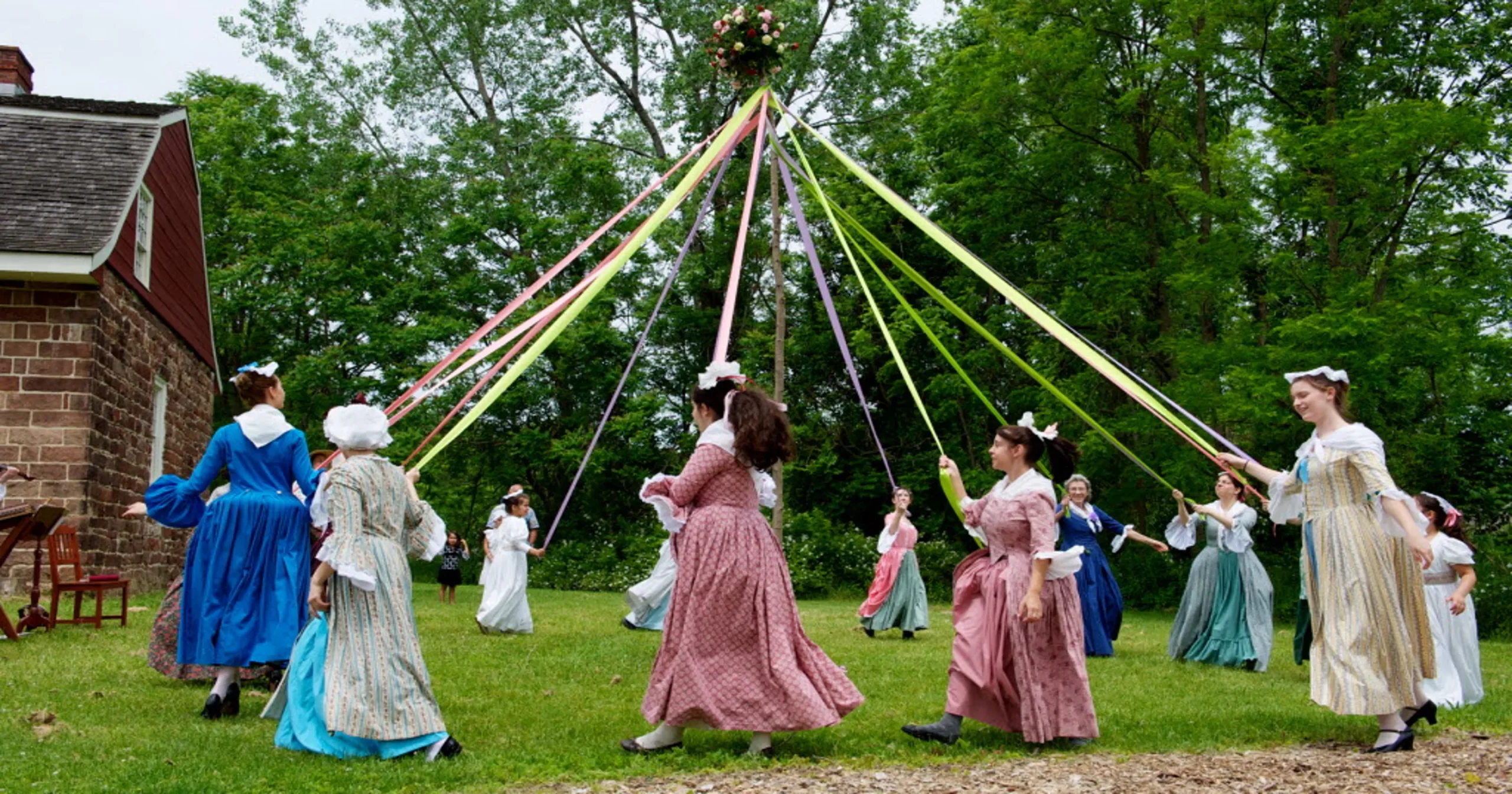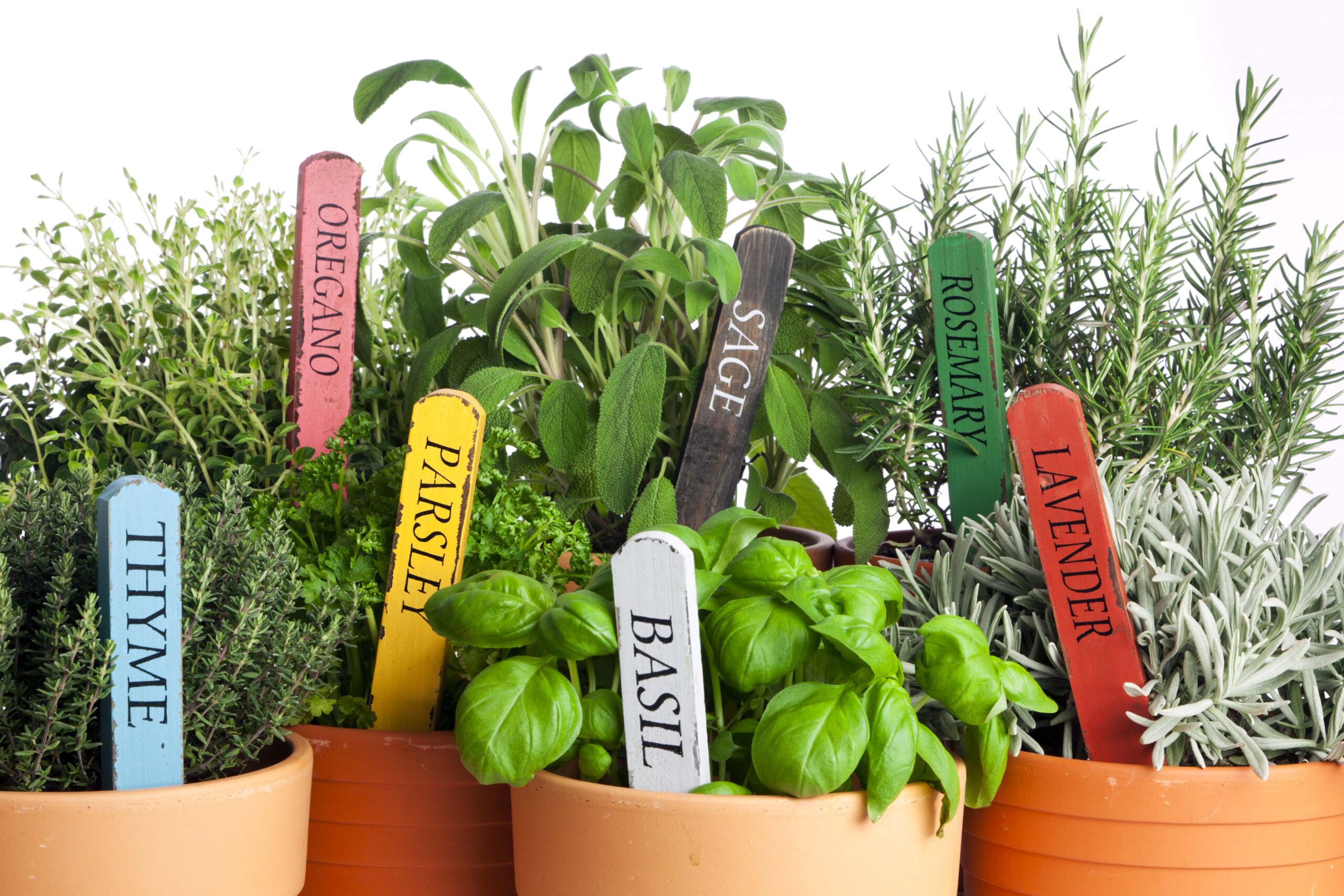May Day, celebrated on the first of May, bursts with history and tradition. While it has evolved over time, its agricultural roots run deep. For farmers, May Day has always been a time to acknowledge the changing seasons, celebrate new beginnings, and honor the land that sustains them.
From Pagan Beginnings to Modern Times
May Day’s origins lie in ancient pagan cultures. The Celts observed Beltane, a fire festival marking the halfway point between spring equinox and summer solstice. Bonfires were lit, symbolizing fertility and protection for crops and livestock. Roman traditions incorporated May Day into Floralia, a festival honoring Flora, the goddess of flowers and fertility.
With the arrival of Christianity, May Day morphed into a celebration of the Virgin Mary. However, agricultural traditions persisted. Farmers would decorate their homes and barns with flowers, believing it brought good luck. Bonfires continued to be lit, sometimes to ward off evil spirits and ensure a bountiful harvest.

A Day of Renewal and Hope
For farmers, May Day signifies a critical turning point. Winter’s harsh grip loosens, replaced by the promise of growth. Fields that lay dormant are prepped for planting, and seeds are sown in anticipation of autumn’s bounty. May Day is a time for hope, for the promise of a successful harvest rests on the foundation laid during these spring months.
Traditions that Endure
While some May Day customs have faded, others remain vibrant in rural communities. In some regions, farmers may plant specific crops on May Day, believing it brings good fortune. Morris dancing, a traditional English folk dance, is often performed on May Day, its lively steps reflecting the joy of spring.

A Day of Recognition
May Day is also a time to recognize the hard work and dedication of farmers. Their labor nourishes communities and shapes the landscape. May Day serves as a reminder of our dependence on agriculture and the vital role farmers play in our society.
So, as May Day arrives, take a moment to appreciate the beauty of spring and the tireless efforts of those who cultivate the land. It’s a day to celebrate the cycle of life and the enduring connection between farmers and the earth.






